A recent U.S. Tax Court decision should serve as a reminder that businesses claiming the R&D tax credit must carefully document the activities of executive-level employees when allocating a portion of their compensation to qualified research. The court found the compensation paid an S corporation’s chief operating officer could not be included in the R&D credit calculation because the taxpayer did not adequately substantiate the time the executive spent on qualified research, and he was not engaged in direct supervision or support of the research.
In its ruling on Moore v. Comm’r, T.C. Memo. 2023-20 (T.C. 2023), the court said an S corporation’s chief operating officer was extensively involved in new product development, but that the taxpayer failed to demonstrate that the work met the requirements for qualified research under §41(b)(2)(B)(i). The court also determined the COO was not directly supervising or supporting the employees conducting the research because they were not reporting to him.
While often referred to as the R&D tax credit, the credit provided for in §41 is officially the credit for increasing research activities. Businesses can claim the credit for qualified research expenses they have incurred and is applied against their income tax liability as a general business credit. Some qualified small businesses can offset the credit against certain payroll taxes. Eligible expenses usually include:
- Taxable wages paid employees performing qualified services
- Supplies used to conduct qualified research
- 65% of the amount paid or incurred by the taxpayer to any third party for qualified research
Company’s management informally operated
The taxpayer in the case is Gayla Moore, the sole owner of Nevco Inc., an S corporation during the years at issue in the case. Nevco claimed the §41 credit for increasing research activities for 2014 and 2015, and the credit flowed through to Moore and her husband on their joint federal tax returns. Nevco manufactured scoreboards and other equipment for sports venues and employed a COO and president during 2014 and 2015, who the court only referred to as “Mr. Robert.”
The court noted that Nevco’s management operated informally in many ways. Neither Mr. Robert nor anyone else at Nevco kept records of his activities or the amount of time he spent on any particular project. It added that, during the years at issue, nobody in the company detailed any of the responsibilities and duties of the officers and employees.
The IRS determined that no portion of Mr. Robert’s compensation could be included in the computation for the R&D credit and determined that Moore had a $68,263 tax deficiency for 2014 and a $141,945 deficiency for 2015.
Little evidence COO engaged in research
While the court acknowledged that Mr. Robert spent a large amount of time on product development, it could not conclude the time was spent on qualifying research. It added that the taxpayer offered little evidence demonstrating the amount of time Mr. Robert spent directly engaging in research.
The court also found that Mr. Robert did not directly supervise or support qualified research. The court concluded that Mr. Robert was a “higher-level manager” who was specifically excluded from the definition of “direct supervision” under Treas. Reg. §1.41-2(c)(2). It applied the same regulation to find that Mr. Robert’s activities did not constitute direct support of the qualified research.
Learn how to help your clients maximize their tax savings through research and development (R&D) tax credits with an upcoming NATP webinar that reviews the tax credit requirements, including the definition of qualified research expenditures (QRE) and the process for calculating the credit.
Information included in this article is accurate as of the publish date. This post is not reflective of tax law changes or IRS guidance that may have occurred after the date of publishing.
